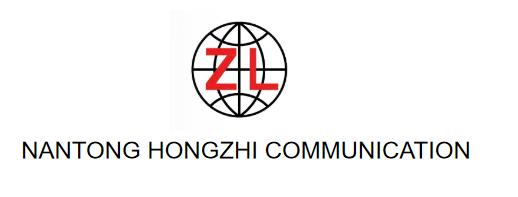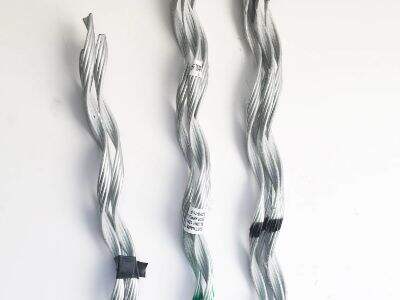Descriptors: The provisions of this standard apply to the following types of line fittings: Clamps Connectors The purpose of these fittings is to securely hold the conductor line and maintain appropriate connection. Principles of installation must also be observed to have the fittings fastened.
How Conductor Line Fittings Work
Line fittings of conductors are fundamental elements, which could guarantee the safety and work efficiency of power systems. The purpose of these fittings is to provide a connection and support the electric conductor while providing adequate space between the conductor and the encasing conduit and while properly insulating the conductor, protecting it from electrical shock or mechanical damage.
One of the most widely used forms of fittings for conductor lines is clamps. Clamps are available to secure electrical conductors so that they do not become dislodged or damaged. Clamps are used in many applications.
Connectors are also another major class of conductor line fittings. A connector links electrical conductors so that current can be transferred from one to the other. Connectors are available in multiple shapes and sizes to fit the needs of various electrical systems.
Installation of the fittings of the contact line
When you install conductor line fitting, there are several important principles for you to consider to fully guarantee the fittings that you install are safe and secure.
Step 1: Read manufacturer's instructions Read manufacturer's instructions for all fittings being used. This will help guarantee that the fittings are properly installed and also will properly function.
Secondly, it is necessary to provide for the securement of the fittings on the electrical conductors. This will also prevent the fittings coming loose or becoming damaged in service.
Clamps
Clamps hold electrical conductors and cables in place to keep them from loosening or being damaged. When clamping, insure clamps are securely attached to the conductor line.
Installation of a clamp involves placing the clamp about the conductor line in the area to be clamped. Then, you use what-ever tool is necessary to tighten the clamp until tight.
Connectors
Connectors join electrical conductors of one to another, and a flow of electricity can be provided from one electrical conductor to another. It is essential for connectors to be firmly connected with the electrical conductors when they are being connected.
To install a connector, cut away insulation from the end of the conductors to be joined. It did them connect up the stripped ends of the conductors and securely tightening the connector by means of suitable tools.
Tips for the installation of the conductor line fittings
To make the correct use of conductor Line Fittings, it is necessary to follow these tips:
Be sure to read and follow the manufacturers instructions for each type of fitting.
An important note: make sure that fittings are properly attached to the electrical conductors so they don’t fall off or get damaged.
The right tools should be used to properly fasten fittings together.


